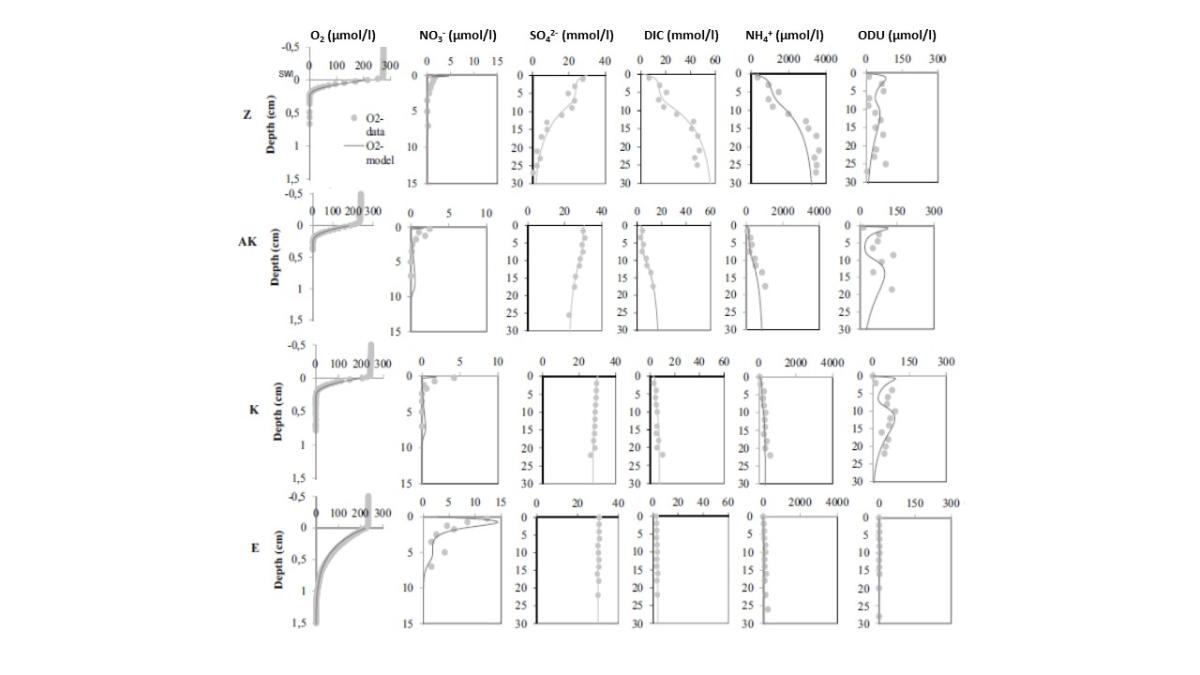MISSRHODIA2
| Type | Oceanographic cruise |
|---|---|
| Ship | Téthys II |
| Ship owner | CNRS until 2019 - IFREMER since 2020 |
| Dates | 20/05/2018 - 03/06/2018 |
| Chief scientist(s) | RABOUILLE Christophe  |
LABORATOIRE DES SCIENCES DU CLIMAT ET DE L'ENVIRONNEMENT - UMR 8212 Orme des Merisiers Bâtiment 714 Chemin de Saint Aubin - RD 128 91191 Gif sur Yvette Cedex +33(0)1 69 08 77 11 |
|
| DOI | 10.17600/18000473 |
| Objective | Estuarine and deltaic regions are crucial in our understanding and quantification of the ocean carbon cycle. These regions are characterized by large spatial gradients linked to the river input. Indeed, in deltaic systems, the particulate matter is exported in the river plume and quickly settles to the seafloor where it accumulates in sediment, giving rise to a large transfer of particulate organic carbon and nutrients. The recycling of organic and inorganic material in surficial sediments participates to the regulation of carbon and nutrient fluxes in the coastal zone. Due to human activity in river basins, environmental conditions in deltaic regions are often degraded by hypoxia or acidification, therefore increasing the vulnerability of these land-ocean interfaces and the ecosystem services they provide. In the Rhône River delta, biogeochemical recycling in sediment anoxic zones generates an alkalinity flux which influences carbon exchange with the atmosphere. During the MissRhoDia2 cruise, we studied particulate organic matter recycling either from terrestrial or marine origin. We placed a particular focus on anoxic sediments and the interaction between organic matter recycling and calcium carbonate dissolution/precipitation during early diagenesis. The cruise took place at the end of the spring 2018 with the objective to continue the work of the DICASE cruise in june 2014. The principal objectives were: - Study anoxic and oxic sediments in the Rhône prodelta and nearby continental shelf and measure exchange fluxes using core incubations. - Study the organic and inorganic carbon recycling after deposition in the sediment with a focus on the regulation of acidification by organic-inorganic carbon interaction, and the alkalinity fluxes generated by oxic and anoxic processes. The series of results collected during the cruises DICASE, AMOR-BFlux and MissRhoDia2 will be combined in order to provide information on the pelagic-benthic coupling, dissolved inorganic carbon and alkalinity transfer from the deltaic sediments to the coastal zone and their potential influence on CO2 fluxes. These series are being published in a current thesis at LSCE (L. Brethous) and will be used to calibrate an early diagenetic model specially designed for this purpose. In situ and ex situ techniques were used during the cruise at 9 different stations: LSCE autonomous profiler, core incubations, LSCE benthic station. These measurements were completed by classical techniques: porewater extraction from cores under inert atmosphere (N2), water column sampling using Niskin bottles. |


